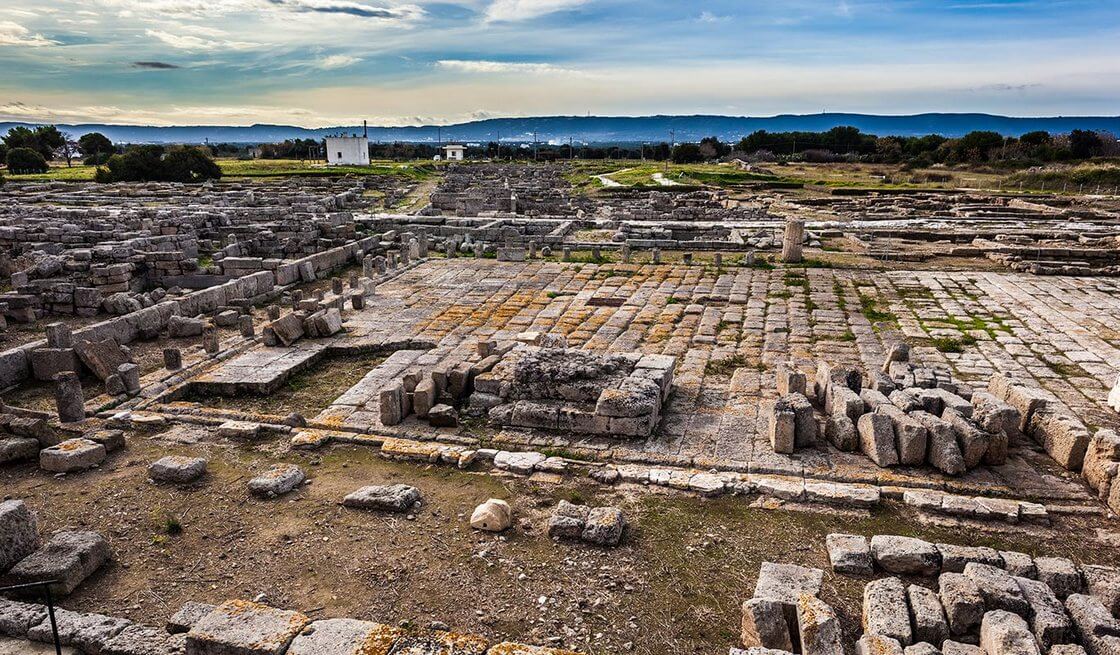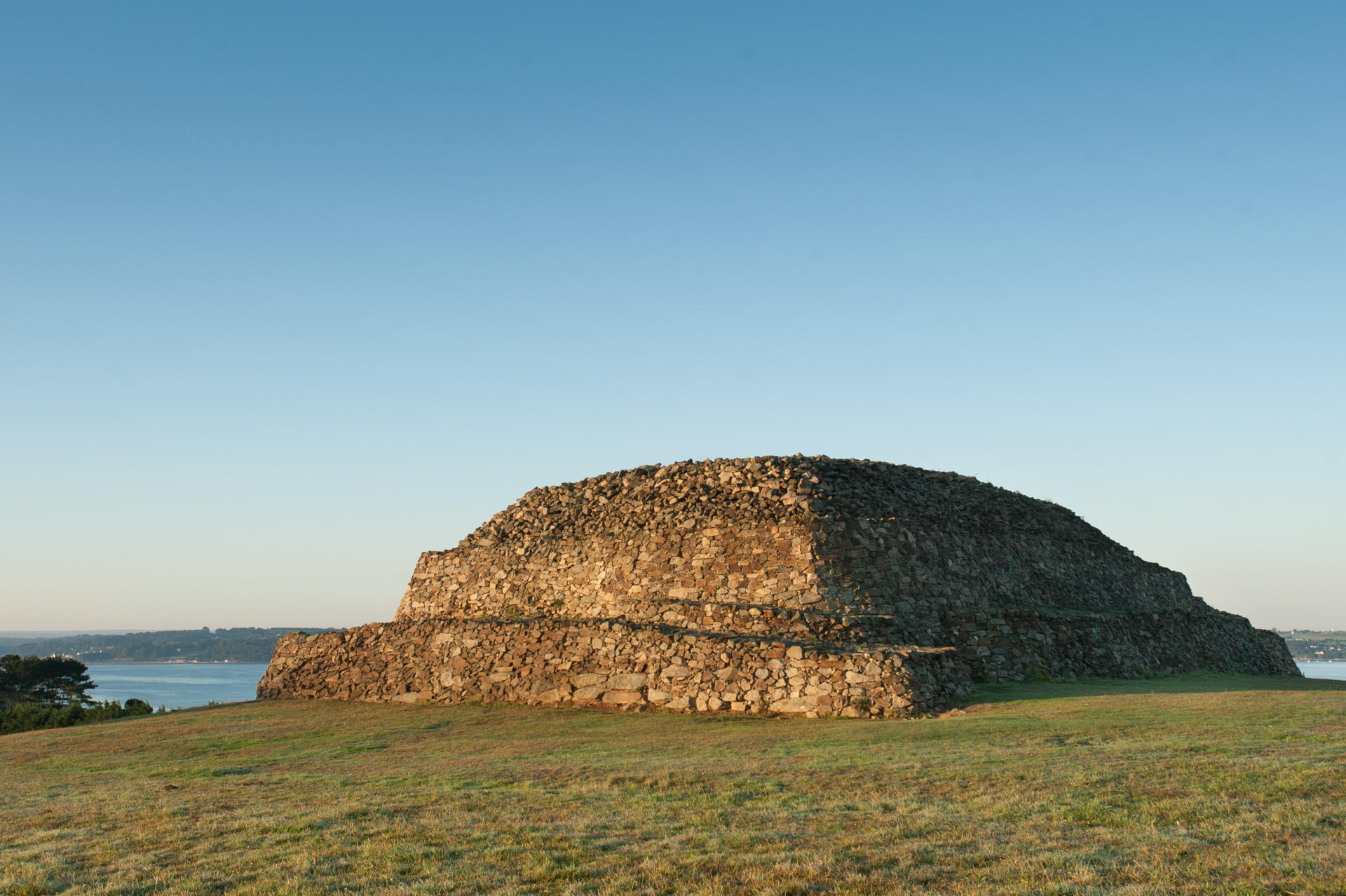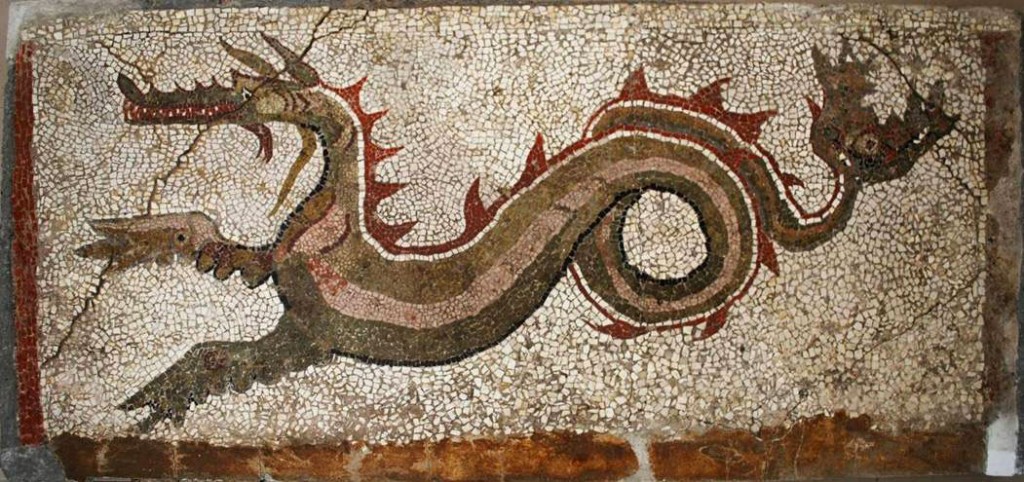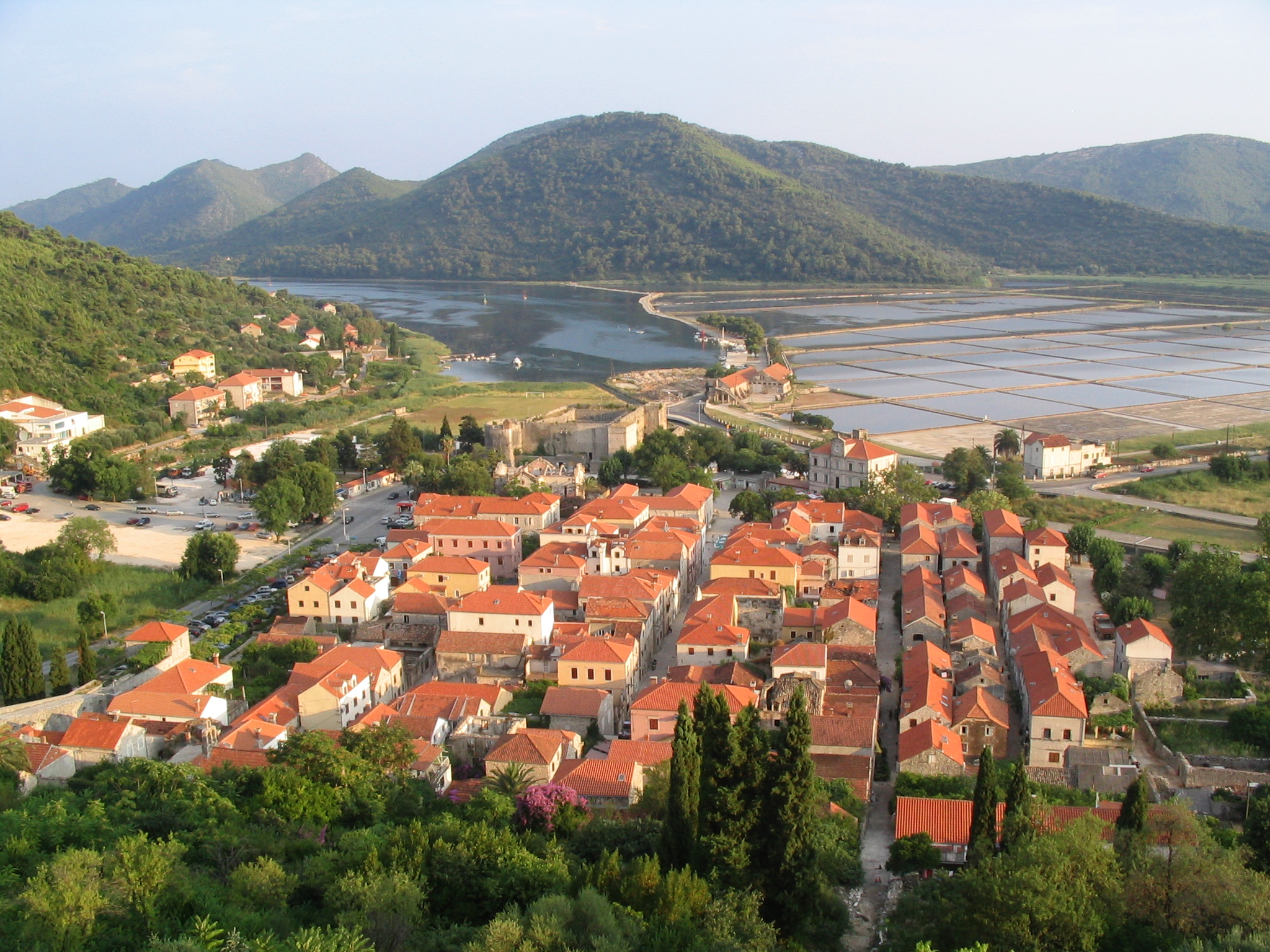The ancient city of Gnathia, cited by classical authors for its privileged geographical position, was a strategic commercial port of call in the connection between West and East. The first settlement arose in the sixteenth century BC and had continuity of life until the Iron Age, when the whole territory of Puglia was inhabited by the Iapigi. Around the end of the VI century B.C., Egnazia became a settlement of Messapia, corresponding to the current provinces of Brindisi and Lecce. Starting from the III century B.C., with the Roman presence in the territory, the city was transformed and in the I century B.C. it acquired the municipal status, assuming great importance thanks to the presence of the port and the Via Traiana. From the VI century A.D. the lower part of the inhabited area was progressively abandoned and the settlement continued on the Acropolis, until the XIII century. Of the Messapian phase of Egnazia remain the powerful defensive walls and the necropolis, with pit tombs, semi-chambers and monumental chamber tombs. Of the Roman city you can admire the remains of the Via Traiana, the Civil Basilica with the hall of the Three Graces, the Sacellum of the Eastern gods, the porticoed square, the cryptoporticus and the baths. Among the buildings of Christian worship, built between the 4th and 6th centuries A.D., there are the Episcopal Basilica with its baptistery and the Southern Basilica, originally paved with mosaics. The museum, built in 1975 outside the walls of ancient Gnathia, on the edge of the western necropolis, has hosted a series of temporary exhibitions since 1981, also permanently maintaining a didactic exhibition on ‘Egnazia, history and monuments’. The current layout, located on the mezzanine floor where the management and secretarial offices are also located, was inaugurated in July 2013. The exhibition, divided into 7 sections, tells the story of the events that characterized the archaeological research in Egnazia and the historical evolution of the site from the sixteenth century BC until the thirteenth century AD, the time of abandonment. The finds and images illustrate the peculiarities that characterized the first settlement of huts in the Bronze Age, the influence of the Iapigia and Messapian culture, the Roman and early Christian phase, with the city becoming a bishopric. The last section collects testimonies related to the Longobard presence and the last traces of frequentation of the area. The finds come from excavations carried out in the inhabited area and in the necropolis of Egnazia, but also from the territory. The foundations of the museum also include a Messapic chamber tomb of the IV century B.C., the so-called Tomb of the Pomegranates.













